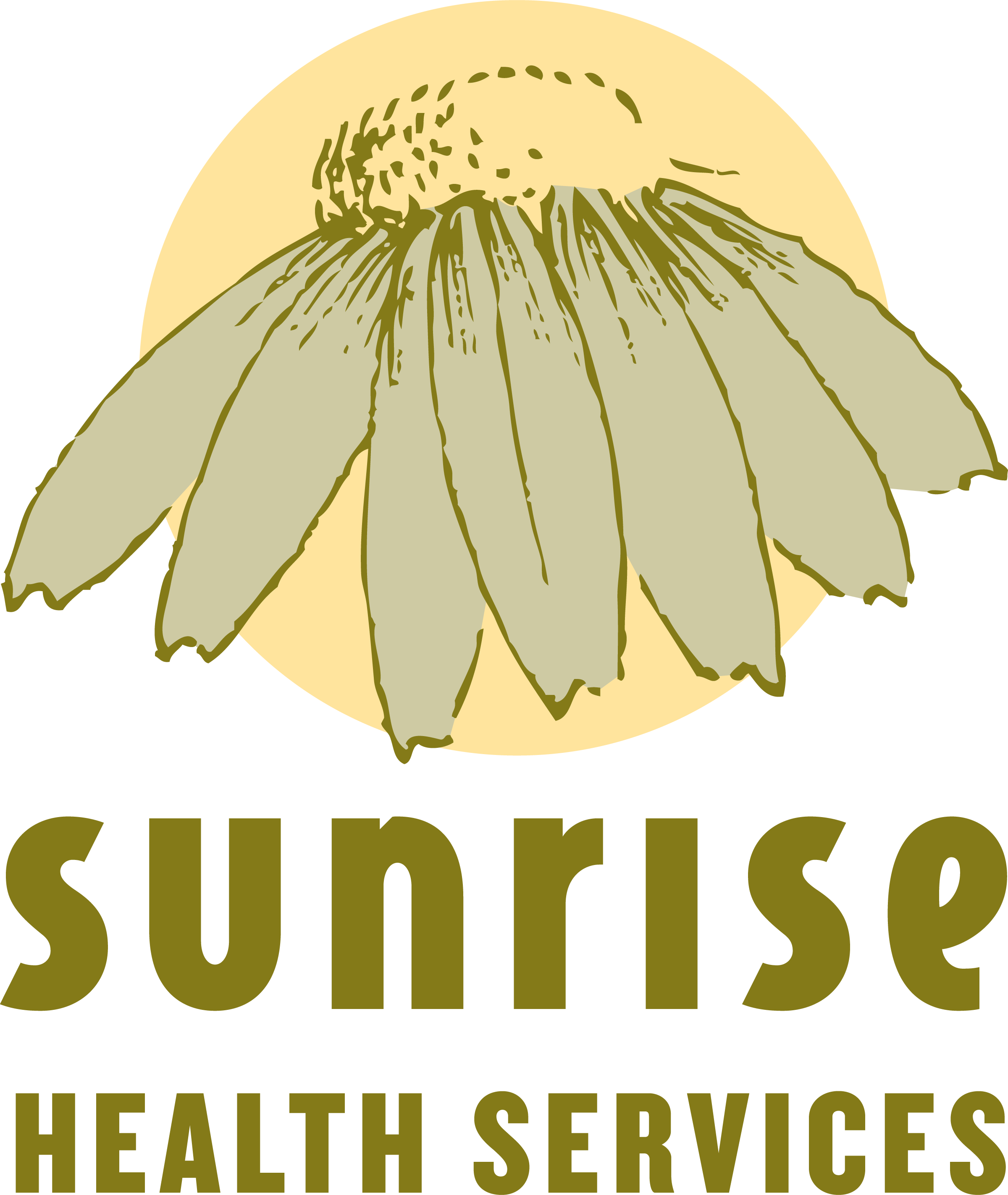Reflexology
What is Reflexology?
Reflexology is a therapeutic practice that involves applying pressure to specific points on the feet, hands, and ears, which correspond to different areas and organs of the body. Based on the principle that these "reflex points" are connected to the body's systems and energy pathways, reflexology aims to promote health and healing by stimulating these points.
How does Reflexology work?
Reflexology is rooted in the belief that our feet, hands, and ears are microcosms of the entire body. Each part of these areas is thought to correspond to specific organs, glands, and systems throughout the body. By applying gentle pressure to these reflex points, reflexologists aim to stimulate the body's self-healing mechanisms, improve energy flow, and bring the body into balance.
The reflex points are mapped out based on the idea that the body’s organs and systems are connected to specific areas in the feet, hands, and ears.
For example:
The toes represent the head and neck.
The arch of the foot corresponds to the spine and back.
The heel relates to the pelvis and lower back.
The ball of the foot is linked to the chest and heart area.
Reflexologists use their thumbs, fingers, and hands to apply different levels of pressure to these reflex zones. The technique is usually very relaxing, and many people experience a sense of deep calm during and after the session.
Who Can Benefit from Reflexology?
Reflexology is suitable for people of all ages and can benefit those with various health concerns. It is a complementary therapy, meaning it can be used alongside conventional treatments to support healing and improve overall well-being.
Benefits of Reflexology
-
Reflexology is highly effective at reducing stress by promoting deep relaxation. The stimulation of reflex points can activate the body’s parasympathetic nervous system (the “rest and digest” system), which helps reduce stress hormones and promotes a calm, relaxed state.
-
Reflexology helps stimulate blood flow throughout the body, particularly to the extremities. Better circulation helps oxygen and nutrients reach cells more effectively and supports the body’s detoxification processes.
-
Many people report feeling revitalized after a reflexology session. By improving circulation, reducing tension, and balancing the body’s energy systems, reflexology can increase vitality and reduce feelings of fatigue or sluggishness.
-
Reflexology is often used as a complementary therapy to manage chronic pain. By applying pressure to reflex points that correspond to pain sites or underlying health issues (e.g., back pain, headaches, arthritis), it can provide relief by triggering the body’s natural pain relief mechanisms.
-
Reflexology can be beneficial for those struggling with insomnia or disrupted sleep patterns. The relaxing effects of reflexology can help calm the nervous system, leading to deeper, more restful sleep. It may also aid in regulating the body’s natural sleep-wake cycle.
-
Reflexology can stimulate the digestive system, promoting better digestion and helping to alleviate common digestive issues such as constipation, bloating, and indigestion. By applying pressure to reflex points associated with the digestive organs, reflexologists can encourage better organ function and relieve discomfort.
-
Reflexology may help regulate hormonal levels by stimulating the glands and endocrine system. This can be particularly beneficial for women dealing with issues like PMS, menopause, or hormonal imbalances, and it can support overall reproductive health.
-
Reflexology is thought to stimulate the body’s detoxification processes by improving circulation and lymphatic drainage. This can help the body remove toxins, support immune function, and promote overall wellness.


